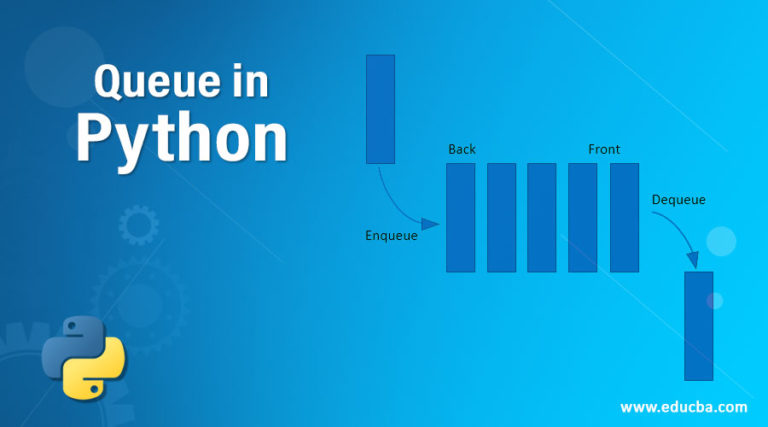

So you don't need your own sleep call - if there are no messages the call will wait until it expires. If no messages are availableĪnd the wait time expires, the call returns successfully with an empty If a message is available, theĬall returns sooner than WaitTimeSeconds. The duration (in seconds) for which the call waits for a message toĪrrive in the queue before returning. The second is that you will wait up to 10 seconds to get the messages. The first thing is that you're willing to get up to 10 messages (this is the maximum number for SQS in one call).

("Received message: %s: %s", msg.message_id, msg.body) Do something more like: messages = sqs.receive_messages( But some suggestions:ĭon't get just a single message each time. This is ultimately the way that SQS works - it requires something to poll it to get the messages. Adding client IP info into django logger.Import Polygon Data from geojson files into PostGIS using GeoDjango.Django: class views, generic views, etc.django 1.3 UserProfile matching query does not exist.Cannot create a new RDS database on AWS Elastic Beanstalk.Do Django templates allow for range() in for loops?.django-tables2 linkcolumn multiple items in the same cell.Replacing header in data frame based on values in second data frame.
#POLLING IN SQS QUEUE PYTHON HOW TO#
How to Duplicate Rows Based on Character in a String of Multiple Columns.Replacing values in column that occur less than x times.

rbinding a list of data frame R with NULL.Ordering a dataframe based on a custom vector.Pyspark join and operation on values within a list in column.Scala spark dataframe keep leading zeroes.How to get print function output into a dataframe.Replace NA each column based on another vector using dplyr.However, as seen below that message E does not get returned for this request, but later on returned for another subsequent request. Amazon SQS will sample several of its servers that are shown in gray, and then start to return the following messages: A – C – D – B from the mentioned servers. The below diagram highlights the short-polling behavior of messages that have been returned from a standard queue right when 1 of the system components delivers a receive request. In case you remain consuming from those queues, Amazon SQS will sample the entirety of its servers, allowing you to be able to receive every one of your messages. Yet, in case you possess less than 1,000 messages in your queue, then a subsequent request is going to return those messages. Hence, a specific ReceiveMessage request may not be able to return every single one of your messages. When messages get consumed from a queue by the use of short polling, Amazon SQS will sample a subset of its servers, according to a weighted random distribution, and then return messages merely from those selected servers. The upcoming sections are going to explain the differences found between consuming messages with short polling or long polling. L ong polling may be used for reducing costs while providing your consumers with the ability to receive messages on the spot when they arrive directly into the queue.


 0 kommentar(er)
0 kommentar(er)
